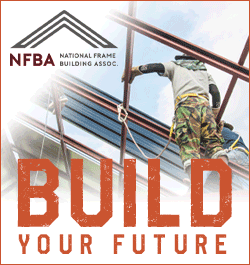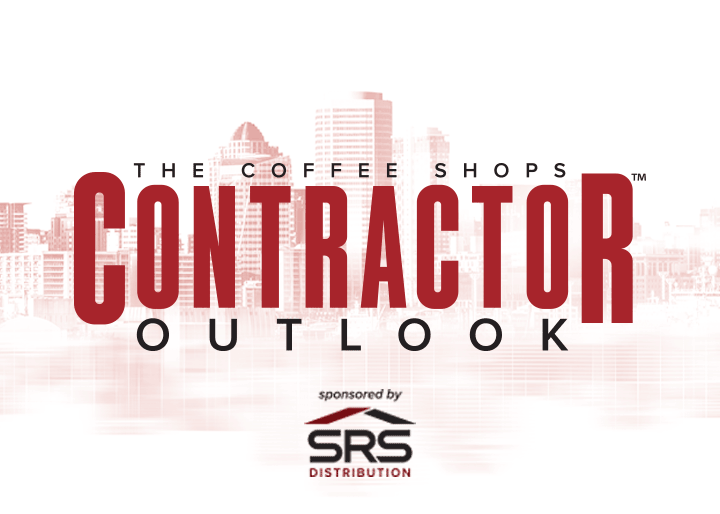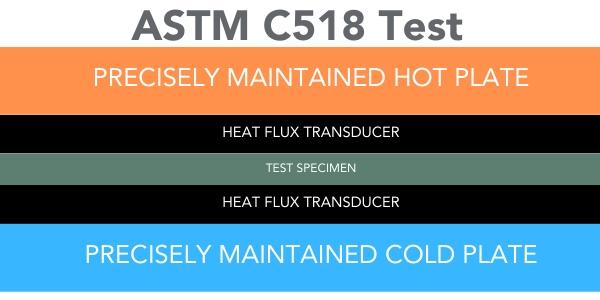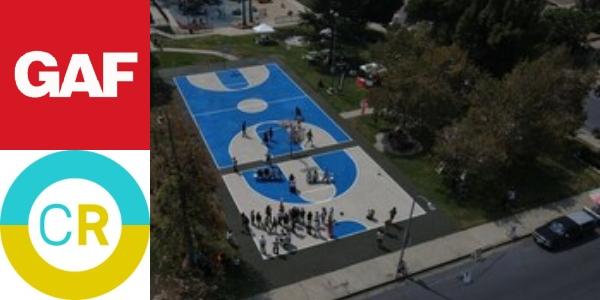Understanding R-Value testing in building products
February 11, 2025 at 6:00 p.m.By Hunter Panels.
Demystifying the heat flow resistance measurement.
The R-value of a building material, which measures its resistance to heat flow, determines its insulating capability and is crucial for the energy efficiency of a structure. But how exactly is this critical value determined? From the precision of ASTM C518 testing methods to the strict guidelines set by the Federal Trade Commision (FTC), understanding the process behind R-value measurement is key to ensuring that your building materials live up to their insulating promises. Join us at Hunter Panels to explore the intricacies of R-value testing and uncover why it’s more than just a number
Question:
How does the test method work for determining R-value of a building product?
Answer:
R-value is the most commonly used measurement tool used in the building and construction industry to evaluate resistance to heat flow. The higher a product’s R-value measurement, the greater its insulating power. Measuring R-value or resistance to heat flow, is accomplished by placing the material to be tested between two plates of different temperatures. ASTM C518 utilizes both hot and cold plates that are air-impermeable, directly in contact with the sample being tested. Heat flow is then measured across the sample as temperatures of the plates are maintained. One plate would be considered the “cold side” and the other would be considered the “warm side”. The mean temperature is the average between the temperatures on both sides of the test mechanism (Temp of cold side + Temp of warm side/2).
Question:
Temperature and R-values, what are the important facts to understand?
Answer:
Thermal resistance of materials can vary with temperature, so the FTC has established published requirements for R-value to be measured at 75°F mean temperature creating a uniform standard across materials. Attempts to redirect conversation toward R-values at different mean temperatures are often misleading or confusing, which is why the FTC established the 75°F mean temperature requirement. It is important to note that mean temperature is not synonymous with ambient temperature or outdoor temperature. Mean temperature in terms of R-value would be the average between the temperature on the cold side of the wall and the temperature on the warm side of the wall.
Assuming the indoor temperature of a building to be 68 degrees year-round, that temperature could serve as either the warm side or the cold side. Assuming the indoor temperature of a building to be 68 degrees year-round, that temperature could serve as either the warm side or the cold side.
Evaluating the information nationally, the average mean low temperatures for major metropolitan areas across the US are above 50 degrees mean and the average mean high temperatures range from above 60 degrees mean into the upper 70’s depending on geographic region. Thus, it is important to understand the definition of mean temperature in terms of R-value calculation. Redirection of conversation away from FTC mandated R-value measurement is a deliberate attempt to mislead and confuse which could result in improperly insulated buildings.
Original article and photo source: Hunter Panels
Learn more about Hunter Panels in their Coffee Shop Directory or visit www.hunterpanels.com.
























Comments
Leave a Reply
Have an account? Login to leave a comment!
Sign In